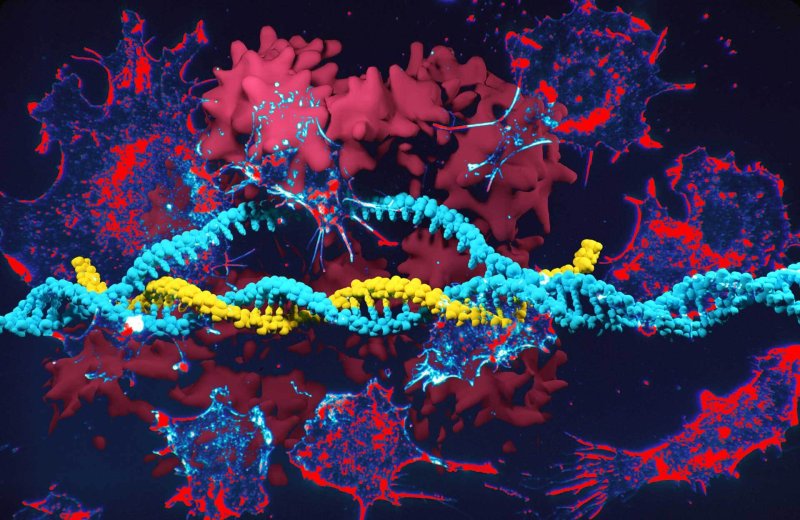In the 10 years leading up to 2012, 200 papers mentioned CRISPR. In 2020 alone, there were more than 6,000. The last decade has seen scientists use CRISPR to cure mice of progeria, fix muscular dystrophy in dogs, and eliminate symptoms for people with genetic blood disorders. Currently, there are more than two dozen human trials of the technology underway around the world.
STAT has created a new tracker of milestone CRISPR studies, and found that the explosion in interest created a positive feedback loop, accelerating the movement of new and better gene editing approaches toward the clinic. For CRISPR 1.0 therapies — those using the original Cas9 cutting enzyme described in the Doudna paper — four-and-a-half years passed, on average, between the first studies in cells and the first public data in non-human primates. Base editing, or CRISPR 2.0, got it down to three years, according to the CRISPR TRACKR.
“We’re now seeing a real acceleration in progress,” said Kiran Musunuru, a gene editing researcher at the University of Pennsylvania and the co-founder of Verve Therapeutics. “As the challenges are worked out for version 1.0, it just makes it much much easier to substitute in version 2.0 and then 3.0 and then whatever is next.”































